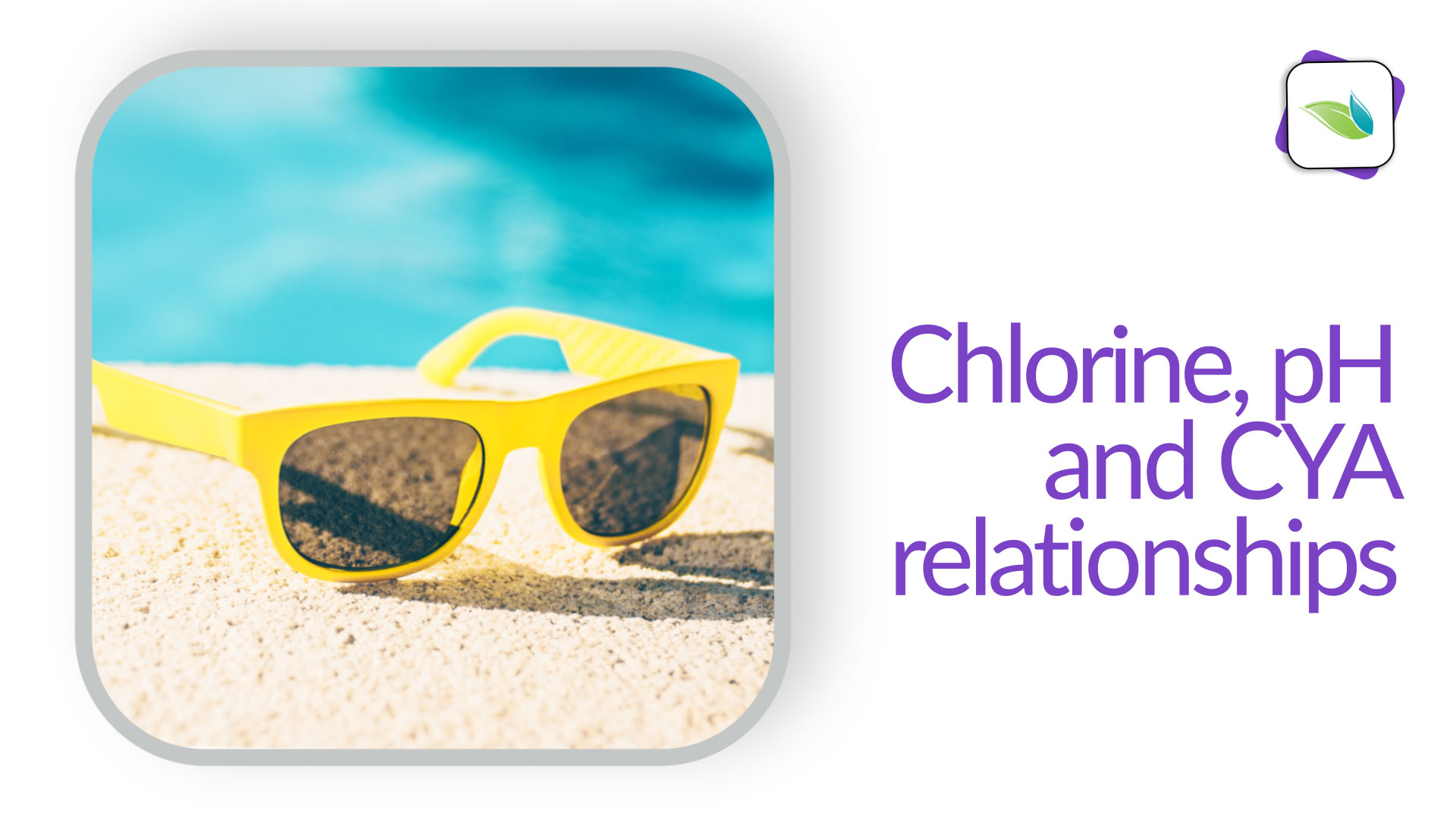- May 27, 2019
- 1,624
- Pool Size
- 25000
- Surface
- Plaster
- Chlorine
- Salt Water Generator
- SWG Type
- Hayward Aqua Rite Pro (T-15)
I'm starting to see other pool sites start to promote the idea of FC based on CYA.

.png) blog.orendatech.com
blog.orendatech.com
Some of them are not new articles, but they are popping up in my news feed. And one article used all of Chemgeek's graphs and data.
But here is the issue I have coming from reading the article. pH is not important to FC activation between 7 and 8.5 pH. It is more used for balance. And at TFP, the suggested range is 7.6-7.9. My pH like be about 8.0. With lots of CH in the water, that tends in the direction of scaling, especially in light of my SWG, with a CSI above 0.
Could I reduce the CH level level and let my pH remain around 8? Playing with pool math, with 3000 Salt, TA 70, Borates 30, Water temp 85, pH 8, it seems if I let my CH slip to 250, I'd have a CSI of -0.11. At 200 CH, the CSI is -0.21.
At present, my CH is around 275 and I add Muriatic Acid when the pH hits 8.0 and drop it to 7.7. So my CSI range is -0.3 to -0.07.
Am I missing something else here? The referenced article indicates that pH vs eye irritation is not an issue. Osmotic pressure (salty eye vs pool water) and CC products are the real culprit. Would it be better to let my pool pH float to where it wants to live and then adjust everything else to keep a good CSI?

Chlorine, pH and Cyanuric Acid Relationships
pH controls chlorine strength (% HOCl), but NOT when Cyanuric Acid (CYA) is in the pool. CYA takes over control of chlorine strength. Did you know that? Chlorine and cyanuric acid.
.png) blog.orendatech.com
blog.orendatech.com
Some of them are not new articles, but they are popping up in my news feed. And one article used all of Chemgeek's graphs and data.
But here is the issue I have coming from reading the article. pH is not important to FC activation between 7 and 8.5 pH. It is more used for balance. And at TFP, the suggested range is 7.6-7.9. My pH like be about 8.0. With lots of CH in the water, that tends in the direction of scaling, especially in light of my SWG, with a CSI above 0.
Could I reduce the CH level level and let my pH remain around 8? Playing with pool math, with 3000 Salt, TA 70, Borates 30, Water temp 85, pH 8, it seems if I let my CH slip to 250, I'd have a CSI of -0.11. At 200 CH, the CSI is -0.21.
At present, my CH is around 275 and I add Muriatic Acid when the pH hits 8.0 and drop it to 7.7. So my CSI range is -0.3 to -0.07.
Am I missing something else here? The referenced article indicates that pH vs eye irritation is not an issue. Osmotic pressure (salty eye vs pool water) and CC products are the real culprit. Would it be better to let my pool pH float to where it wants to live and then adjust everything else to keep a good CSI?


